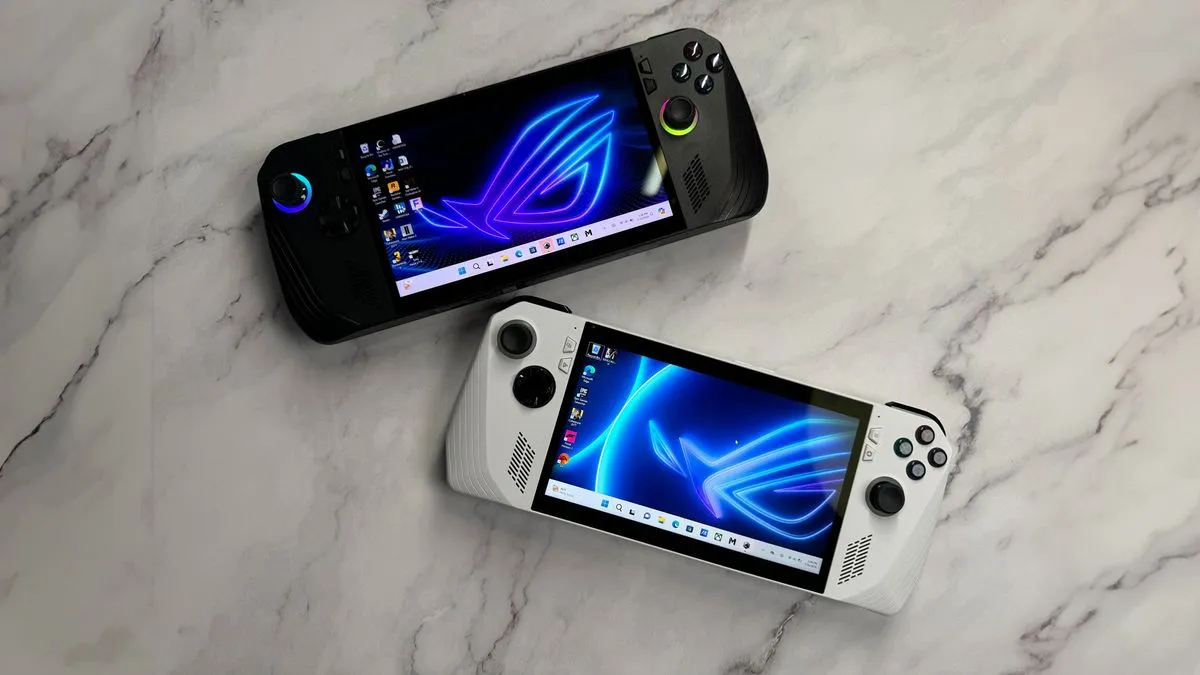He specifically cited bad battery life on the ROG Ally and Lenovo Go, saying that getting only one hour of battery life isn’t enough. The Steam Deck (especially the OLED model) does a lot better battery wise, but improving power efficiency should really help with any games that are maxing out the Deck’s power.



Uh, I feel like this is better taken with a low level of enthusiasm: reading the article there’s no mention of how it’s supposed to improve battery, it’s mentioned how it’s AI based, and most concerning for us, both the Ally and Go use the Z1/Z1 Extreme… that have a 10 tops npu.
the idea of it improving battery is that generating frames is less performance intensive than running a certain framerate (e.g 60 fps capped game with frame gen at double the framerate consumes less power than running the same game at 120 fps). though its slightly less practical because frame generation only makes sense when the base framerate is high enough (ideally above 60) to avoid a lot of screen artifacting. So in practical use, this only makes sense to “save battery” in the context that you have a 120hz+ screen and choose to cap framerate to 60-75fps.
If one is serious about minmaxing battery to performance in a realistic value, people should have the screen cap at 40 hz, as it has half of the input latency between 30 and 60 fps, but only requires 10 more fps than 30 which is a very realistic performance target for maintaining a minimum on handheld.
Agreed. 40 Hz / Fps is a good idea. On the Steam Deck OLED with 90 Hz screen one could also limit to 30 Fps, which would still run the screen at 3 * 30 = 90 Hz for better input latency than 30 Hz while only consuming 30 Fps power. I’m not talking about Frame Generation from AMD, but the Steam Decks feature. Compared to AMD Frame Gen it would not increase latency, but reduce it. This is universal functionality on the Deck that is available for every game. Wish this was available on Desktop too.
I assume the next Ally and Go will be a test platform for AMD. The main focus is probably Steam Deck 2 and next XBox Infinite systems.
I’m reasonably excited. I like the steam deck, and I’m off the opinion that we don’t need an updated version just yet. A slower moving target for developers is best for long term game compatibility.
But eventually a new steam deck will arrive, and it will likely use the latest CPU/GPU, which will likely benefit from this new frame generation technology.
And perhaps some benefits will trickle down to the current steam deck, or maybe not 🤷♂️
But still, I’m optimistic for the future of mobile gaming.
Oh yeah, new tech is cool and potentially useful. My point was that this particular excitement is not too likely to improve anything on the current hardware we have.